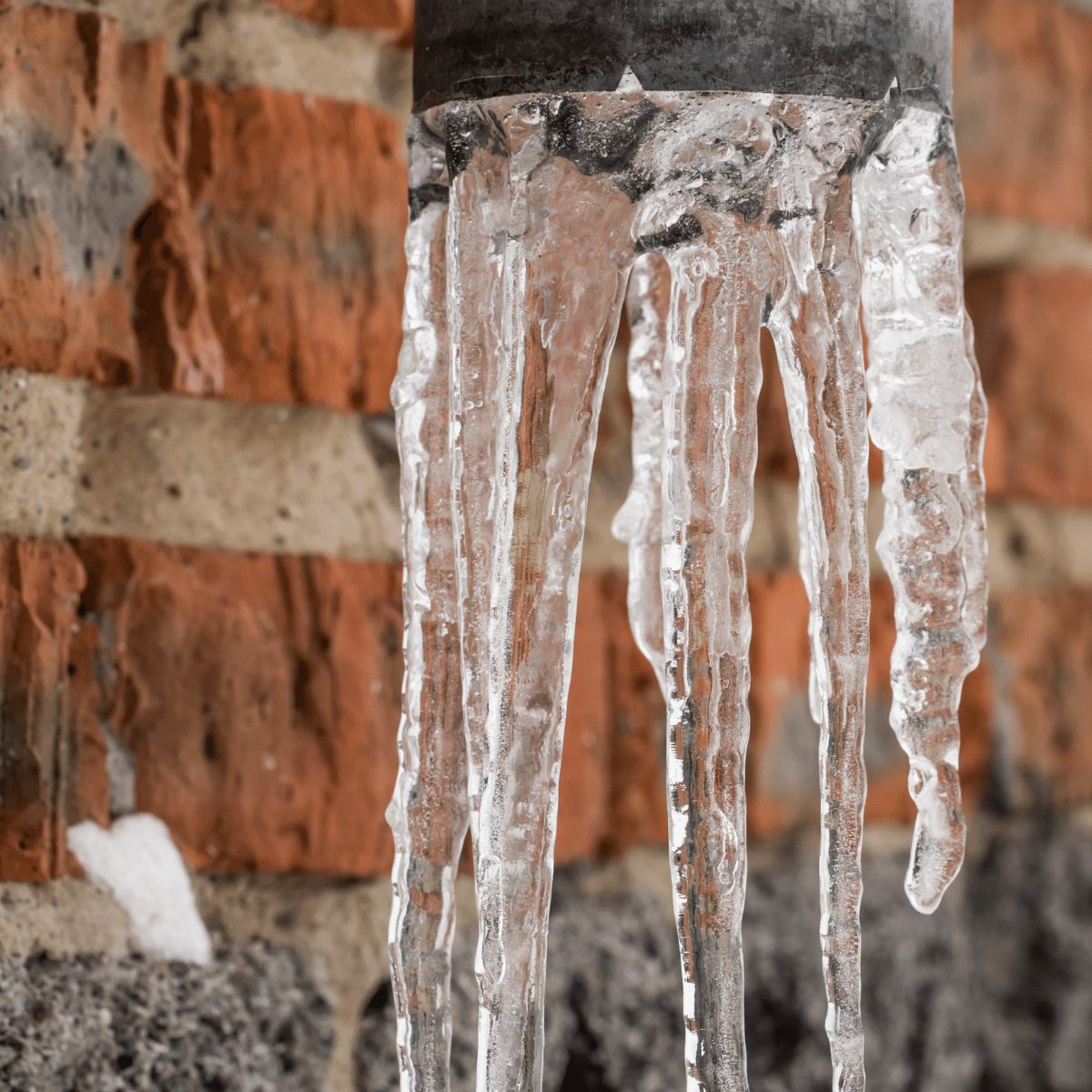Ways to Protect Pipes from Cold Weather Issues: Essential Advice
Ways to Protect Pipes from Cold Weather Issues: Essential Advice
Blog Article
Every person has their own perception in relation to Prevent Frozen Pipes .

Winter can damage your pipes, especially by freezing pipes. Below's exactly how to prevent it from occurring and what to do if it does.
Intro
As temperature levels decrease, the risk of icy pipelines increases, potentially causing pricey repair services and water damage. Comprehending just how to stop icy pipelines is crucial for property owners in chilly climates.
Understanding Icy Pipes
What causes pipelines to ice up?
Pipes freeze when subjected to temperatures below 32 ° F (0 ° C) for extended durations. As water inside the pipes freezes, it increases, putting pressure on the pipe wall surfaces and potentially creating them to rupture.
Risks and problems
Icy pipes can lead to water interruptions, building damage, and pricey repair work. Ruptured pipes can flooding homes and create considerable structural damages.
Indicators of Frozen Pipeline
Recognizing frozen pipes early can avoid them from breaking.
How to identify frozen pipes
Search for reduced water circulation from taps, uncommon odors or noises from pipes, and visible frost on subjected pipelines.
Avoidance Tips
Shielding vulnerable pipes
Wrap pipelines in insulation sleeves or use heat tape to protect them from freezing temperatures. Focus on pipelines in unheated or external locations of the home.
Heating techniques
Maintain indoor rooms appropriately warmed, specifically areas with plumbing. Open up closet doors to enable cozy air to flow around pipes under sinks.
Safeguarding Exterior Pipes
Garden pipes and outside faucets
Separate and drain yard pipes before winter. Mount frost-proof spigots or cover outside faucets with shielded caps.
What to Do If Your Pipelines Freeze
Immediate activities to take
If you believe frozen pipes, maintain taps available to relieve stress as the ice melts. Use a hairdryer or towels taken in hot water to thaw pipelines slowly.
Long-Term Solutions
Architectural modifications
Consider rerouting pipelines far from exterior wall surfaces or unheated locations. Add added insulation to attics, cellars, and crawl spaces.
Upgrading insulation
Purchase high-quality insulation for pipelines, attics, and wall surfaces. Correct insulation helps preserve regular temperatures and minimizes the threat of icy pipes.
Final thought
Preventing frozen pipes needs aggressive actions and quick reactions. By comprehending the causes, signs, and safety nets, home owners can secure their plumbing during winter.
5 Ways to Prevent Frozen Pipes
Drain Outdoor Faucets and Disconnect Hoses
First, close the shut-off valve that controls the flow of water in the pipe to your outdoor faucet. Then, head outside to disconnect and drain your hose and open the outdoor faucet to allow the water to completely drain out of the line. Turn off the faucet when done. Finally, head back to the shut-off valve and drain the remaining water inside the pipe into a bucket or container. Additionally, if you have a home irrigation system, you should consider hiring an expert to clear the system of water each year.
Insulate Pipes
One of the best and most cost-effective methods for preventing frozen water pipes is to wrap your pipes with insulation. This is especially important for areas in your home that aren’t exposed to heat, such as an attic. We suggest using foam sleeves, which can typically be found at your local hardware store.
Keep Heat Running at 65
Your pipes are located inside your walls, and the temperature there is much colder than the rest of the house. To prevent your pipes from freezing, The Insurance Information Institute suggests that you keep your home heated to at least 65 degrees, even when traveling. You may want to invest in smart devices that can keep an eye on the temperature in your home while you’re away.
Leave Water Dripping
Moving water — even a small trickle — can prevent ice from forming inside your pipes. When freezing temps are imminent, start a drip of water from all faucets that serve exposed pipes. Leaving a few faucets running will also help relieve pressure inside the pipes and help prevent a rupture if the water inside freezes.
Open Cupboard Doors
Warm your kitchen and bathroom pipes by opening cupboards and vanities. You should also leave your interior doors ajar to help warm air circulate evenly throughout your home.

I discovered that blog entry on Prevent Frozen Pipes while surfing the search engines. If you enjoyed reading our blog posting plz be sure to pass it around. Thanks for being here. Please stop by our blog back soon.
Source Report this page